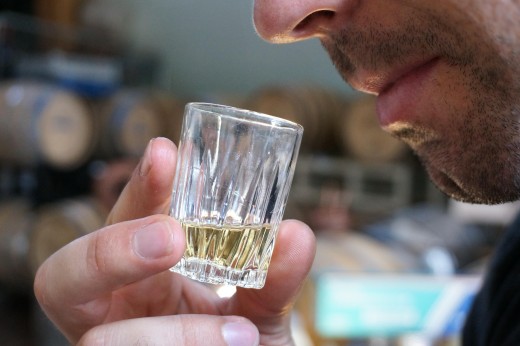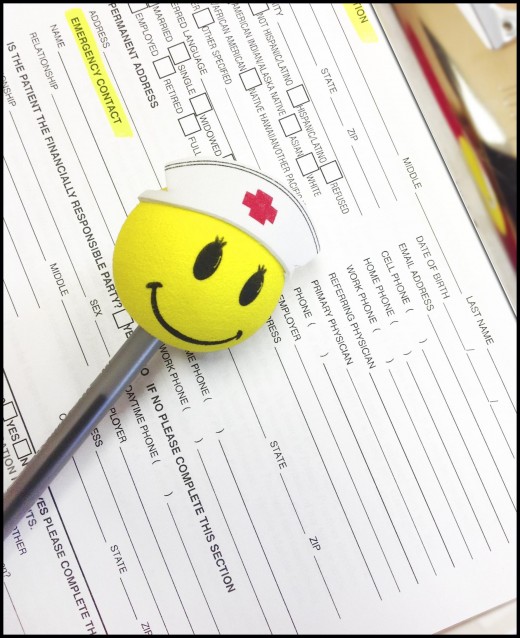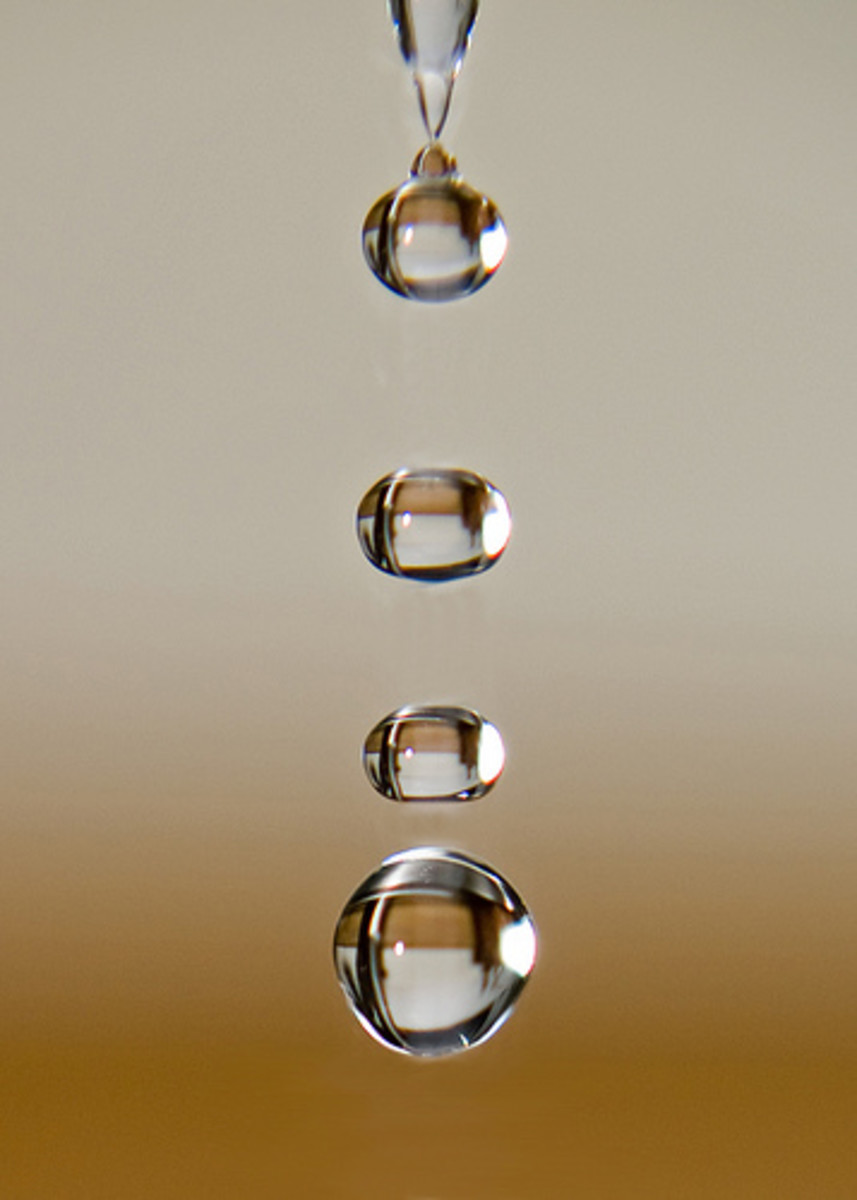- HubPages»
- Health»
- Mental Health»
- Addiction
How To Cure Drug and Alcohol Addiction
What is Addiction?
Until the last part of the 20th century, addiction was always viewed as a disease of “weak personality” and not addressed by medical professionals. Scientists now know however, that addictions are chronic relapsing diseases of the brain that are caused by drug-induced direct effects and persisting neuroadaptations as well as having increased vulnerability due to genetic factors. Treatment for addiction ranges from drug therapy, 12 step programs, rehabilitation centers, counseling and aversion therapy which is the focus of this article.
What is Aversion Therapy?
Aversion therapy is an application of conditioning principles where the goal is to harness fear in order to create an avoidance of a harmful situation. The procedure involves associating a conditioned stimuli or behavior with unconditioned stimuli that is unfavorable such as an electric shock. Aversion therapy is an old technique, even ancient naturalist and philosopher Pliny the Elder suggested a cure for alcoholism that required placing the body of a dead spider in an alcoholics drink so that when the spider ended up in his mouth the revulsion would stop him from ever consuming alcohol again.

Cocaine addiction is a chronic, persistent problem in the United States which causes tremendous troubles for the addicts themselves as well as their families and their communities. Along with crimes associated with the drug, issues range from psychological difficulties to health problems. Cocaine addiction liability factors can include personality, impulsivity, novelty-seeking and response to stress which all play a role in ones vulnerability to addiction.
Let Us Know!
What type of addiction treatment do you think is most effective?

Aversion Therapy Study
At Schick Shadel Hospital in Santa Barbara California, a study was done to help determine the possibility for using chemical aversion therapy as one of the methods to help treat patients with just cocaine dependence as well as alcohol and cocaine dependence. The study involved 21 volunteer patients, 10 were being treated for cocaine only and the remaining 11 were being treated for alcohol and cocaine abuse. The patients were all Caucasian, ranging in age from 18-47 and consisted of 18 men and 3 women.
The treatment program began with a detoxification period that lasted an average of 3 days and then followed with 11 or 12 days of medical treatment and counseling The medical treatments included alternating days of aversion therapy and sodium pentothal interviews, which are used to create deep relaxation. After this portion of the treatment, the patients returned at one month and again at three months where they underwent an additional day of aversion therapy and then a day of sodium pentothal treatment combined with additional counseling during that time.
The conditioned stimuli in the experiment were found in the treatment room and consisted of: pictures of paraphernalia for cocaine use, a razor blade, a straw, mirrors to prepare lines and the cocaine substitute. The cocaine substitute was a mixture of tetracaine in mannitol, Quinine to reduce sweetness and make the mixture taste like “street cocaine”, and Psychem which contains oils that produce a similar sent. The rest of the treatment room was black so that the whiteness of the cocaine would be enhanced, and images of alcohol also provided additional conditioned stimuli for the treatments that involved alcohol too.
On the days of aversion treatments, the patients are given injections of emetine, pilocapine, and ephedrine in addition to a dose of oral emetine which will cause the patient to experience nausea within 8-10 minutes. Before the patients nausea kicks in, they begin snorting the cocaine substitute and the patients involved in the alcohol study as well are provided drinks of their favorite alcoholic beverages. After 45 minutes in the treatment room, each patient is sent to his or her private room for three hours and must focus on pictures of cocaine for three hours while still feeling nauseous in order to mentally associate the use of cocaine (and alcohol of the alcohol patients) with a negative consequence. In the second through the fifth or sixth treatments, the cocaine only patient receives additional doses of oral emetine and tartar emetic while the alcohol also patient receives stale beer while snorting more fake cocaine after they have returned to their room in order to prolong the nausea and enhance the aversion. The amount of dosage the patient received increased over time as well as the amount of alcohol or cocaine substitute that each patient ingested.
Before the study began, each patient had to provide three contacts for the investigator to contact in order to validate the patients abstinence from the drug after the trial. The first follow up was conducted six months after discharge and the second occurred around 18 months after treatment. After 6 months, 56% of the cocaine group and 70% of the cocaine and alcohol group were completely abstinent. The results of the study indicated that chemical aversion therapy was fairly successful as part of the treatment program for cocaine use and alcohol combined with cocaine abuse.
What makes aversion therapy successful?
This study utilized the most important laws of association. Contiguity, a bond between two events that occur closely in time, can be found in this trial by looking at the CS-US Interval. The conditioned stimuli as noted earlier included the drug substitute, alcohol and all of the pictures and paraphernalia in the room while the unconditioned stimulus was the feeling of nausea. The study shows delay conditioning more than anything because although the drug administered to cause the feeling of nausea was given prior to subjecting the patient to the conditioned stimuli, the actual feeling of nausea did not occur until shortly after. The unconditioned stimuli was also enhanced to extend throughout the period that the patient had access to the conditioned stimuli.
Another principle of conditioning called frequency is relevant to this study. Frequency is the number of times two events occur together over a period of time. On the days of the medical treatments, which were every other day, the conditioned stimuli were paired with the unconditioned stimulus for several hours at a time. When frequency is a factor, the strength of the conditioned response generally increases in the beginning and then gradually declines until a stable plateau is reached. In the study in question, this is exemplified by the unconditioned stimulus being increased in the second through fifth or sixth treatment and then brought back down for the remaining treatments, followed by no treatments for one month and then another two months until finally the patient was expected to reach a plateau in their condition.
Intensity is a principle of conditioning which suggests that the strength of an association is in relation to the vividness or intensity of the stimuli involved. In this study, not only the conditioned stimuli but also the unconditioned stimulus was increased, therefore amplifying the strength of each stimulus. Because the intensity was so strong, the conditioning had a better chance of withstanding over time.
Learning is “our capacity to change our behavior based on experience”. This study of aversion therapy is an effective example of learning through conditioning. Although it was not completely effective for each individual participating, many patients did have positive long term progress. The lasting effects of aversion therapy do seem unclear though, and most likely differ among individuals. The individuals who have greater success with aversion therapy might be able to credit that to a lower intensity or amount of factors that lead to addiction and therefore may have the same amount of success with other less invasive treatments such as counseling and 12 step programs.
More on Aversion Therapy
References
Frawley PJ, S. J. (1990). Chemical aversion therapy in the treatment of cocaine dependence as part of a multimodal treatment program: treatment outcome. Journal of Substance Abuse Treatment,Vol. 7,, 21-29. Retrieved from: http://www.ncbi.nlm.nih.gov/pubmed?term=Chemical%20Aversion%20Therapy%20in%20the%20Treatment%20of%20Cocaine%20Dependence%20as.
Haile, C. N. (2007). Genetics of dopamine and its contribution to cocaine addiction. Behavior Genetics, 37(1), 119-45. doi: http://dx.doi.org/10.1007/s10519-006-9115-2.
Lieberman, D. A. (2012). Psychology of Learning. San Diego: Bridgepoint Education, Inc.
Mary, J. K. (2012). Opiate addiction and cocaine addiction: Underlying molecular neurobiology and genetics. Journal of Clinical Investigation, 122(10), 3387-93. Retrieved from http://search.proquest.com/docview/1111803485?accountid=32521 .
McLeod, S. A. (2010). Aversion Therapy. Retrieved from http://www.simplypsychology.org/aversion-therapy.html .
This content is accurate and true to the best of the author’s knowledge and is not meant to substitute for formal and individualized advice from a qualified professional.
© 2014 Cristina Cakes



